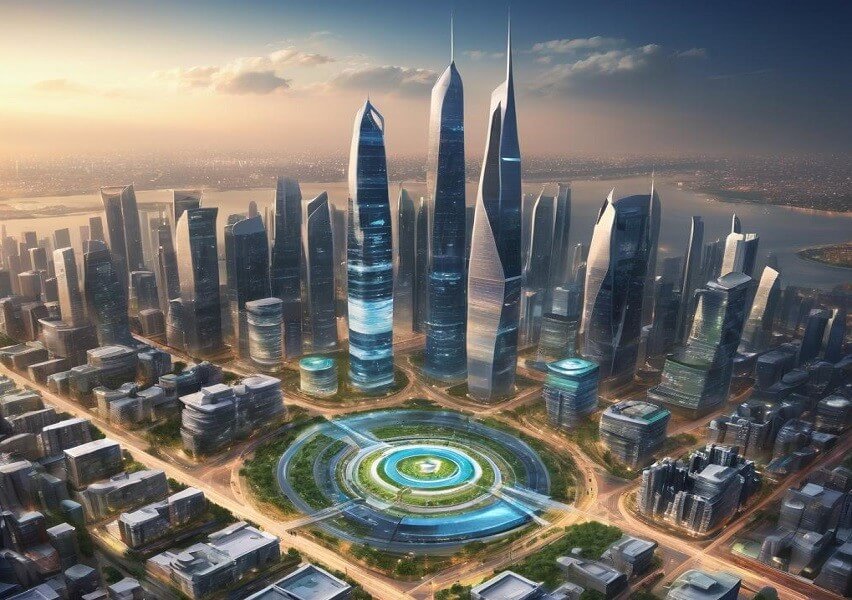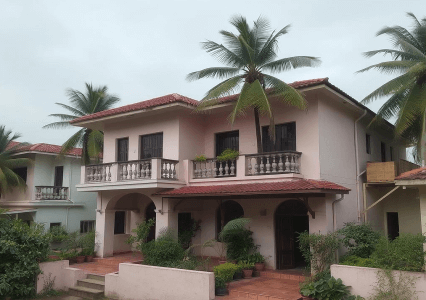
The integration of the Internet of Things (IoT) in urban planning is revolutionizing how cities operate, enhancing the quality of life for residents and making urban environments more efficient and sustainable. Smart cities leverage IoT technology to collect, analyze and act on data from various sources, leading to improved services, reduced costs, and better decision-making.
Key Areas of IoT Integration in Smart Cities
- Smart Transportation
- Traffic Management: IoT sensors and connected devices monitor traffic flow, providing real-time data to optimize traffic signals and reduce congestion.
- Public Transit: IoT-enabled systems enhance public transportation by providing real-time updates on schedules, delays, and optimal routes, improving efficiency and user experience.
- Self-Driving Cars: Self-driving cars are card that move safely from one transit point to another with little or no human interaction. Concepts used are ultrasonic sensors, acoustic sensors and GPS.
- Energy Management
- Smart Grids: IoT technology helps manage electricity distribution, ensuring efficient energy use and reducing outages. Smart meters provide real-time consumption data, allowing consumers to monitor and reduce their energy usage.
- Renewable Energy Integration: IoT systems facilitate the integration of renewable energy sources by balancing supply and demand and optimizing storage solutions.
- Waste Management
- Smart Bins: IoT-enabled waste bins monitor fill levels and optimize collection routes, reducing costs and improving efficiency.
- Recycling: Sensors can also track recycling habits and encourage better waste segregation and recycling practices.
- Water Management
- Leak Detection: IoT sensors detect leaks in real-time, preventing water wastage and reducing repair costs.
- Smart Irrigation: IoT systems in agriculture and urban landscapes ensure optimal water use by monitoring soil moisture and weather conditions.
- Public Safety
- Surveillance and Emergency Response: IoT-powered cameras and sensors enhance surveillance and improve emergency response times by providing real-time data to law enforcement and emergency services.
- Environmental Monitoring: Sensors track air and water quality, helping to address pollution issues promptly.
- Smart Buildings and Infrastructure
- Energy Efficiency: IoT devices control lighting, heating, and cooling systems to optimize energy consumption in buildings.
- Predictive Maintenance: Sensors monitor the condition of infrastructure and predict maintenance needs, reducing downtime and repair costs.
Benefits of IoT in Smart Cities
- Increased Efficiency: Real-time data collection and analysis streamline city operations, reducing waste and improving service delivery.
- Cost Savings: Optimized resource use and predictive maintenance lower operational costs.
- Enhanced Quality of Life: Improved transportation, energy management, and public safety contribute to a better living environment.
- Sustainability: IoT helps cities reduce their environmental footprint through efficient resource management and pollution monitoring.
Challenges and Considerations
- Data Security and Privacy: Ensuring the security of IoT devices and protecting user data from breaches and misuse is paramount.
- Interoperability: Different IoT systems need to work seamlessly together, which requires standardized protocols and systems.
- Infrastructure Investment: Significant upfront investment is needed to deploy IoT infrastructure and integrate it into existing urban systems.
Conclusion
The integration of IoT in urban planning is transforming cities into smart, efficient, and sustainable environments. By leveraging IoT technology, cities can enhance various aspects of urban life, from transportation and energy management to public safety and environmental monitoring. As IoT continues to evolve, its role in shaping the future of smart cities will only become more significant.


